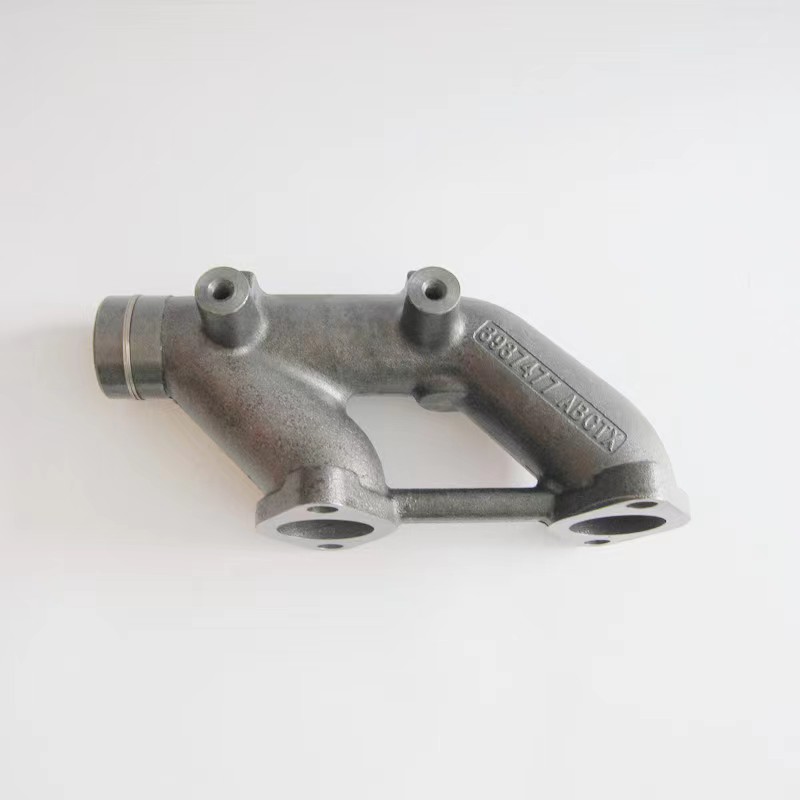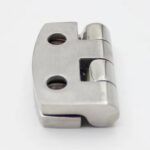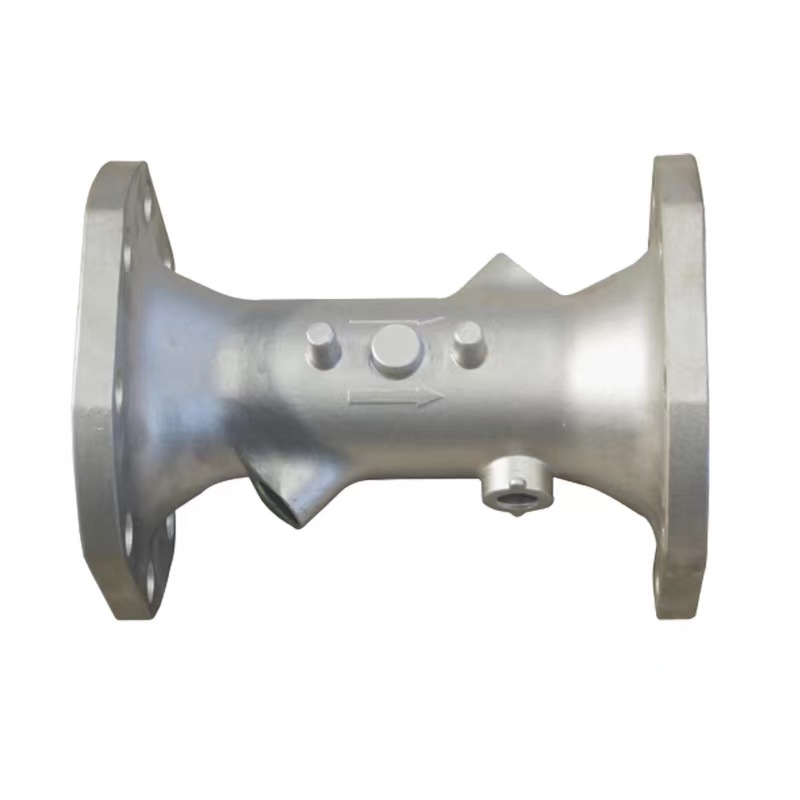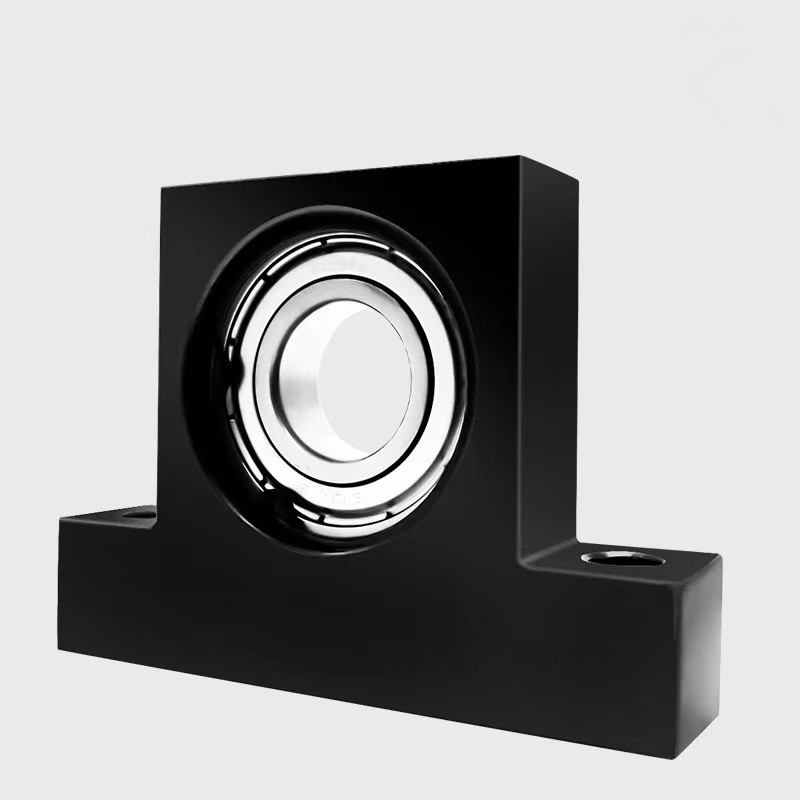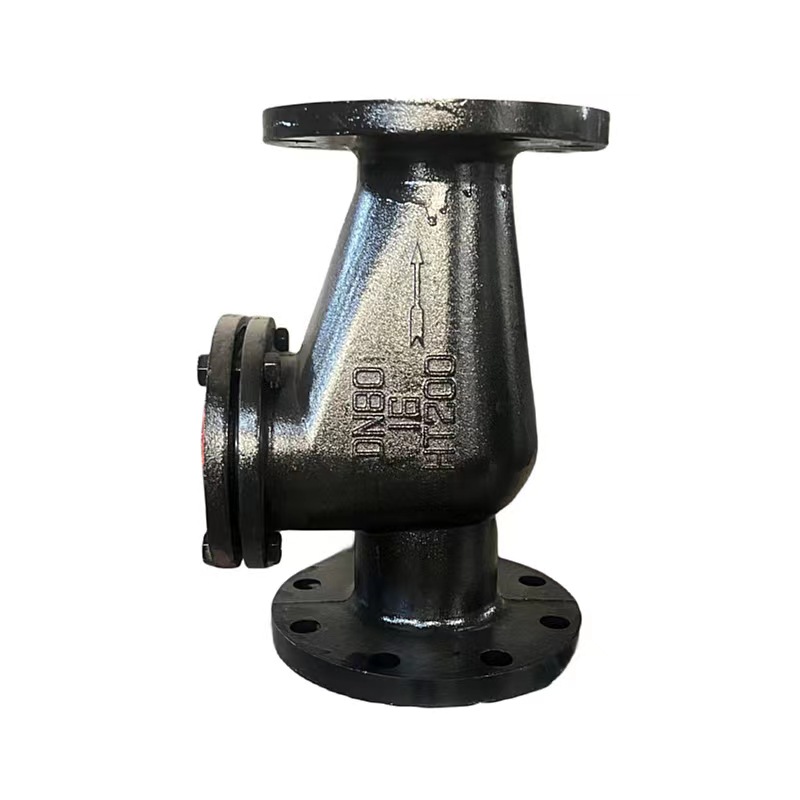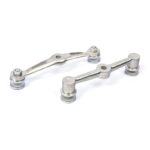In the world of automotive engineering, the manifold system plays a pivotal role in controlling the flow of air and exhaust gases within an engine. This system, particularly the inlet manifold, is crucial for optimizing engine performance and efficiency. Today, we will delve into the intricacies of inlet manifolds, explore the role of turbo intake manifolds, and discuss offerings from stainless steel exhaust manifold manufacturers, providing insights into their applications, manufacturing processes, and how they can elevate your engine's capabilities.
Understanding Inlet Manifolds
An inlet manifold, also known as an intake manifold, is designed to supply the air or air-fuel mixture to the engine's cylinders. This component is key to determining how effectively the engine breathes, which in turn affects its overall performance and efficiency. The design and material of the inlet manifold can significantly influence the velocity and distribution of the incoming air. Manufacturers typically use materials such as aluminum, plastic, or composites to construct these manifolds, aiming to reduce weight and improve thermal efficiency.
Turbo Intake Manifolds
Turbo intake manifolds are engineered to work with turbocharged engines. These manifolds are designed to handle increased air pressure from the turbocharger, distributing this denser air efficiently to the engine. The design considerations for turbo intake manifolds are particularly critical, as they must withstand higher temperatures and pressures. The performance of turbocharged engines often hinges on the capability of the intake manifold to maintain structural integrity and deliver air effectively under these demanding conditions.
Stainless Steel Exhaust Manifolds
When it comes to handling exhaust gases, stainless steel exhaust manifolds are the industry standard among performance enthusiasts and manufacturers alike. These manifolds are prized for their durability and corrosion resistance. Stainless steel exhaust manifold manufacturers focus on producing products that can endure the high-temperature environment of an engine's exhaust system, enhancing the outflow of exhaust gases and, subsequently, the engine’s performance and longevity.
Applications and Scenarios
The application of high-quality inlet and exhaust manifolds spans a wide range of scenarios, from everyday vehicles to high-performance racing cars. For instance, upgrading to a high-performance inlet manifold can significantly enhance the air intake efficiency in turbocharged vehicles, leading to better throttle response and increased horsepower. Similarly, robust stainless steel exhaust manifolds are essential for vehicles operating in harsh environments, where they help prevent premature wear due to heat and corrosive exhaust gases.
FAQs
Q1: How often should inlet and exhaust manifolds be replaced?
A: These components typically need replacement only if there is a failure or noticeable performance drop, which can be caused by cracks or leaks.
Q2: Can upgrading my vehicle’s manifold improve fuel efficiency?
A: Yes, upgrading to a more efficient manifold can improve air distribution, leading to better combustion and potentially better fuel economy.
Q:3 Are aftermarket manifolds compatible with all types of engines?
A: Compatibility varies, so it's crucial to consult with manufacturers or experts, like those at KT Foundry, to ensure the manifold fits your specific engine model.
For those interested in enhancing their vehicle's performance with high-quality inlet or exhaust manifolds, or seeking more detailed information on our products, please visit our website at kt-foundry. Our experts are ready to help you choose the right components that fit your needs, ensuring your engine performs at its peak.

